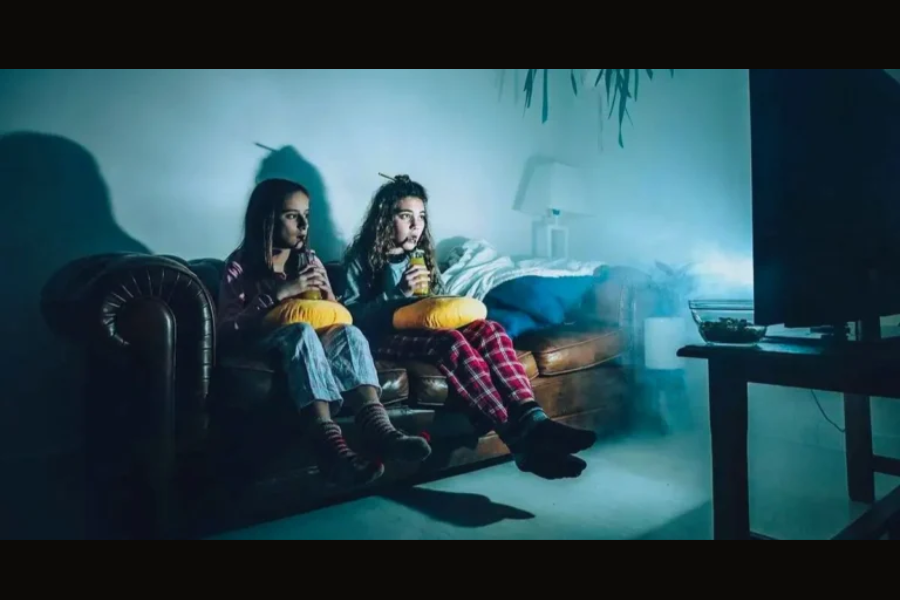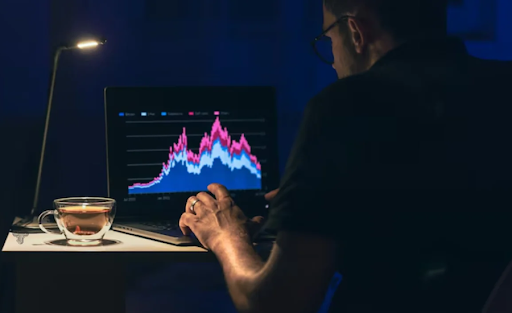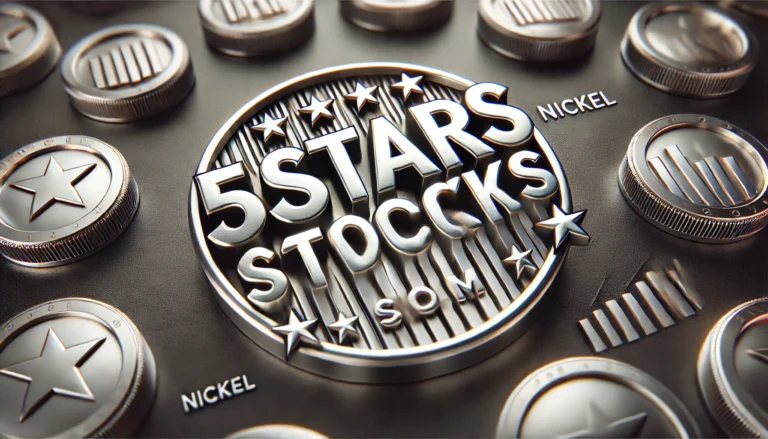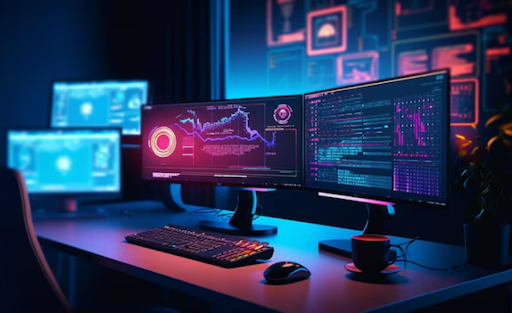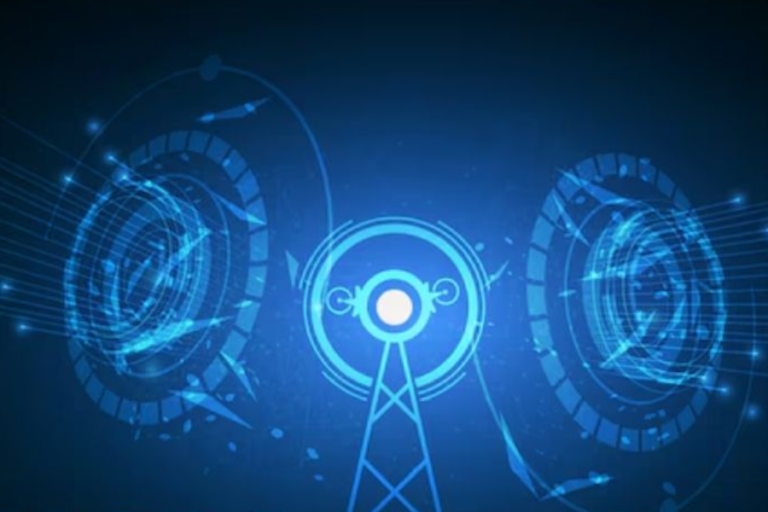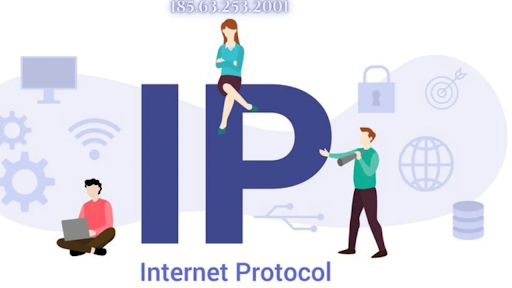From Script to Screen: The Process of Recording Shows
Introduction
The term “recorded shows” encapsulates the evolution of live performances, events, and original programming into formats suitable for broadcast, streaming, and archiving. This transformation has profoundly changed the entertainment landscape, providing global audiences with diverse content at their convenience. This article delves into the historical progression, technological breakthroughs, and cultural significance of recorded shows, while also exploring future trends and implications of this dynamic medium.
Historical Evolution
Early Innovations
The excursion of recording shows started with the approach of sound keep advances in the late nineteenth 100 years. Thomas Edison’s creation of the phonograph in 1877 was a vital second, empowering sounds to be caught and replayed. This breakthrough paved the way for subsequent advancements in broadcasting and recording.
The Emergence of Radio and Television
In the mid twentieth 100 years, radio turned into a famous medium, with live transmissions arriving at homes from one side of the country to the other. These broadcasts were able to be recorded for later playback when magnetic tape was introduced in the 1930s, enhancing production quality and adaptability. TV, which acquired noticeable quality during the twentieth hundred years, further advocated recorded shows. The capacity to record and replay television programs changed the business, prompting the making of notorious series like “I Love Lucy,” which set a trend for future TV programming.
The Digital Transformation
In the mid twentieth 100 years, radio turned into a famous medium, with live transmissions arriving at homes from one side of the country to the other. These broadcasts were able to be recorded for later playback when magnetic tape was introduced in the 1930s, enhancing production quality and adaptability. TV, which acquired noticeable quality during the twentieth hundred years, further advocated recorded shows. The capacity to record and replay television programs changed the business, prompting the making of notorious series like “I Love Lucy,” which set a trend for future TV programming.
Technological Advances
High-Definition and Beyond
The progress from standard definition to superior quality (HD) TV in the mid 2000s addressed a critical mechanical jump. HD offered a more clear and more definite picture, working on the watcher’s insight. Unprecedented levels of detail and immersion are now being offered by 4K and even 8K resolutions, which are becoming increasingly common.
Streaming and On-Demand Services
The ascent of real time features has been powered by the extension of the web and broadband network. Stages like Netflix, Hulu, and Amazon Prime Video have profited by recorded shows, offering broad libraries of content open on-request. This change has changed not only how content is distributed but also how it is made, and a lot of services are spending a lot of money on original programming.
Cloud Technology and Remote Production
Cloud technology has revolutionized the recording and production of shows, enabling the storage and streaming of vast amounts of data and allowing seamless access to content worldwide.Propels in far off creation advances have made it conceivable to deliver and communicate shows from practically any area, decreasing dependence on conventional studio settings.
Cultural Significance
Global Reach
One of the most profound impacts of recorded shows is their global accessibility. Audiences around the world can access the same content, fostering shared cultural experiences. Shows like “Friends” and “Game of Thrones” have become well-known all over the world, influencing cultures and establishing universal standards.
Changing Viewing Habits
The ability to record and stream shows has significantly altered viewing habits. Marathon watching, in which an individual watches numerous episodes or whole seasons without a moment’s delay, is currently normal. This example has impacted how shows are made and conveyed, with various producers embracing serialized describing to engage deferred study gatherings.
Preservation of Cultural Heritage
Recording shows plays a crucial role in preserving cultural heritage. Authentic transmissions, famous exhibitions, and critical occasions are filed for people in the future. This preservation ensures that significant cultural junctures will not be lost to time and will be accessible to both enthusiasts and historians for further investigation.
Economic Impact
New Revenue Models
The shift to recorded shows has presented new income models in media outlets. Promoting, membership administrations, and pay-per-view models have become common. Web-based features, specifically, have made a rewarding business sector, with organizations like Netflix putting billions in unique substance to draw in and hold endorsers.
Industry Growth and Job Creation
Significant job creation and industry expansion have occurred as a result of the demand for recorded content.Writers, directors, producers, and numerous other professionals are employed in the creation of recorded shows. Moreover, the rise of streaming services has prompted investments in infrastructure and technology, boosting the economy even more.
Challenges and Considerations
Piracy and Copyright Issues
One of the significant difficulties confronting the business is robbery. The simplicity of copying and conveying computerized content has prompted boundless unapproved sharing of recorded shows. This issue has provoked the execution of rigid intellectual property regulations and advanced freedoms the executives (DRM) innovations to safeguard protected innovation.
Balancing Quality and Quantity
Concerns about the content’s quality have been raised by the rise in recorded content. The strain to deliver a consistent stream of new satisfied can at times prompt an emphasis on amount over quality. While there are some top notch creations, the sheer volume of accessible substance can make it hard for customers to perceive the best contributions.
Technological Barriers
Despite advancements, there are still barriers to accessing recorded shows. High-speed internet is necessary for streaming high-definition content, and not all regions have reliable connectivity. In some areas, this digital divide may restrict the accessibility of recorded shows.
The Future of Recorded Shows
Interactive and Immersive Experiences
Interactive and immersive technology advancements are likely to have an impact on recorded shows’ future. Computer generated reality (VR) and expanded reality (AR) are ready to change the review insight, offering more intelligent and drawing in ways of consuming substance. Viewers can get individualized experiences thanks to these technologies.
Artificial Intelligence and Personalization
The recorded shows of the future are expected to be significantly influenced by artificial intelligence (AI). Personalized content can be recommended by AI algorithms by analyzing viewer preferences and behavior. This personalization can make it easier for viewers to find shows that fit their interests and improve their viewing experience.
Sustainability and Eco-Friendly Practices
There is a developing accentuation on eco-accommodating practices and manageability as the business extends. The reduction of productions’ carbon footprint, the promotion of sustainable content creation practices, and the use of renewable energy sources are becoming significant considerations. The business is dynamically looking for approaches to balancing improvement with normal commitment.
FAQs:
1. What does “recorded shows” refer to?
“Recorded shows” encompass live performances, events, and original programming that are captured, stored, and made available for broadcast, streaming, or archiving purposes.
2. How did the concept of recorded shows evolve historically?
The concept started with sound recording technologies in the late 19th century, such as Thomas Edison’s phonograph. It further evolved with the introduction of magnetic tape in the 1930s, enabling the recording and playback of radio and later television broadcasts.
3. What technological advances have influenced recorded shows?
Technological advancements include the transition to high-definition (HD) and beyond, streaming and on-demand services like Netflix and Amazon Prime Video, and innovations in cloud technology and remote production.
4. What cultural significance do recorded shows hold?
Recorded shows have a profound global reach, influencing cultural experiences worldwide. They also change viewing habits, preserve cultural heritage, and contribute significantly to the economy through new revenue models and job creation.
5. What are some challenges faced by the recorded shows industry?
Challenges include piracy and copyright issues, balancing quality and quantity of content, and addressing technological barriers such as internet accessibility.
Summary:
Recorded shows have transformed entertainment by enabling the capture and distribution of live performances and original programming through various mediums. From early innovations like the phonograph to modern-day streaming services and advanced production technologies, recorded shows have shaped cultural experiences and economic landscapes globally. Challenges such as piracy and technological barriers persist, but advancements in AI, interactive technologies, and sustainability practices promise to further revolutionize the future of recorded shows.
Experience the fusion of luxury and accessibility only at WashingtonGlamour.com.
